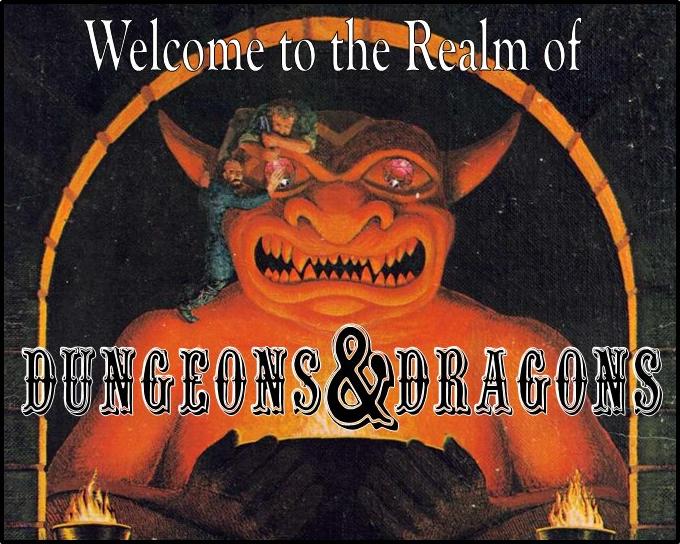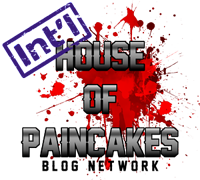Although I actually quite like the 2nd Edition of the Conan rules from Mongoose, I really cannot see why not.
The BIGGEST obstacle is the lack of any Healing Magics available to a party, thus rendering all Characters really vulnerable to an untimely end.
In the Conan RPG, they circumvent this with Fate points - but in the SEIGE system I would probably use a "Luck" Attribute in stead, and give it the same 3-18 range (and option to make Primary or not, after all some people are luckier than others) as other C&C Attributes.
Races are another point of contention, as the 3.5 based rules give racial bonuses in the +2/-2 range - whereas in C&C all bonuses are in the +1/-1 range. Its easy enough to correct, dropping +2/-2 to +1/-1 and (should the occur) reducing +1/-1 racial adjustments to zero's across the board. Don't forget there are NO Demi-Humans really running around in the Conan Universe, those "sub-humans" that do exist (like the Black Giants of the Western Seas from Savage Sword of Conan #22) are not really suitable for use as Player Characters.
Classes are (kinda) the easiest to accomodate, so here are some "rough" thoughts.
Barbarians
Quite simply use the C&C Barbarian Class, nice and easy - no changes or messing about needed.Borderers & Nomads
The quite happily come under the heading of Rangers, they are similar (but not the same) in many respects, I would "tweak" the Ranger class on a character by character basis if variations are required.
Nobles & Knights
I would recommend using the Noble Class from the C&C Freeport Companion. Knights (in the Core Conan Rulebook) come under the heading of "Noble" but luckily in C&C there is a seperate Knight Character Class.
Pirates
Once again the C&C Freeport Companion has a fantastic Pirate Class, alternatively there are a couple of variant Pirate Classes to be found if you trawl the C&C forums.Scholars
There are no Scholar classes for C&C, I shall be attempting a conversion of the Scholar to C&C at some point.Soldiers & Sell-Swords
Are Fighters, again you can "tweak" the Fighter class on a case by case basis if you want.The Temptress
I shall be also doing a conversion of the Temptress class at some point, taking inspiration from the old White Dwarf Magazine "Houri" class as well.Thief
Take the C&C Rogue class, rename it "Thief" and you're done!As I have pointed out, Hit Points and Healing could potentially be a problem. In addition to having either Fate Points or a Luck Stat, there are a couple of other things you can do to make things easier.
First Level Hit Point "Kicker".
At First Level, give your PC's Starting Hit Points equal to -
A Dice Roll (or Maximum) + Con Bonus + Constitution Score. It might seem a lot, but there is a rationale to it.
The People of Hyboria are a tough bunch, much tougher than the average FRP "Joe" - plus it increases their "durability" in an environment with limited Healing.
Better Healing Skills.
Rather than 1D3 Hit Points regained during the use of a characters Healing Skill, give them a Higher Dice Roll - or (which I prefer personally) give them 1D3+ the number the task was beaten by.
E.G. If the difficulty was 17 (the number of Hit Points lost in this case) and the character performing the healing rolled a 12 (after modifiers) the person receiving the aid would be healed 1D3+5 Hit Points of Damage. HOWEVER it would take 2 minutes of "tending" per Hit Point healed, and the injured character would then need to rest for a number of minutes equal to the number of Hit Points healed multiplied by 5 (so 6 points of damage healed would require 30 minutes of rest), if the healed character becomes active during that time, he would only receive half the number of Hit Points restored.
Next - The Scholar


